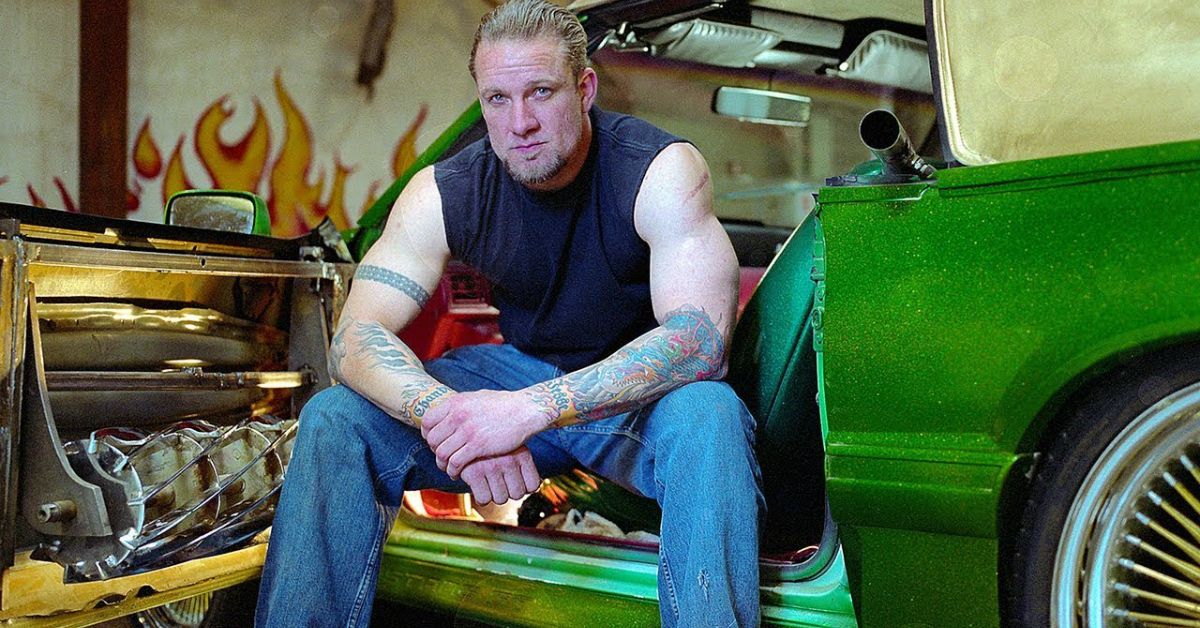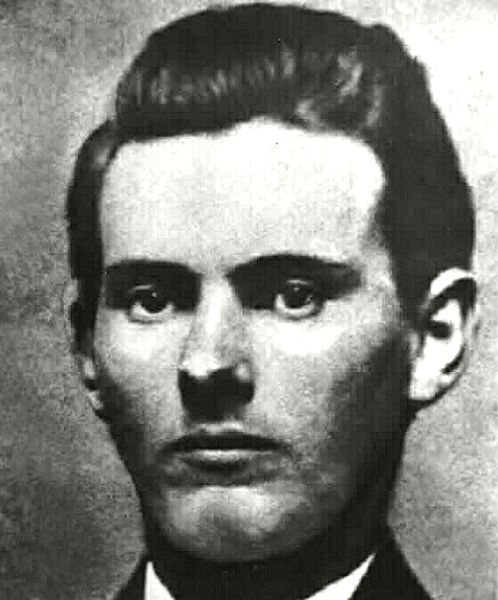How Did Jesse James Became Famous
Introduction
Jesse James was a daring outlaw from Missouri. He became a legend in his own lifetime by committing crimes supposedly out of revenge for the poor treatment he, his family, and other Southern sympathizers received from Union
- James’ robbery act was documented in the newspaper and made him famous. The robbery of 1869 made James a famous criminal and he was titled as an outlaw and the then Governor of Missouri put a reward on his capture. This started the famous union of James and the editor of the Kansas City Time, John Newman Edwards.
- After Jesse James became a Confederate guerrilla fighter, his leadership and fighting abilities were recognized quickly. Here are some notable incidents that I gleaned from Cottrell’s book: Jesse James was the one who shot down the Federal Major Johnson who with a force of mounted infantry had attempted to capture Bloody Bill Anderson.
- Zerelda Cole James Samuel was the mother of the outlaw Jesse James. She was born Zerelda Elizabeth Cole on January 29, 1825, in Woodford County, Kentucky, to James and Sarah Cole. Her father was killed in a horse accident when she was two. In 1839 fourteen-year-old.
How Did Jesse James Became Famous
The Ford boys first became acquainted with outlaw Jesse James in the summer of 1879. Jesse had been living in Tennessee since 1877, trying to “go straight” following the disastrous attempt to rob the Bank of Northfield, Minn., the year before.

Early Years
Clay County, Missouri[SHS 028513] Prosperous farms in Clay County, Missouri, around 1877.
[SHS 028509] Prosperous farms in Clay County, Missouri, around 1877.
[SHS 028510]
[1850 U.S. Census, Clay County, Missouri]
 and traveled to California when Jesse was three years old. He never returned to Missouri, dying—probably of cholera
and traveled to California when Jesse was three years old. He never returned to Missouri, dying—probably of choleraRobert JamesRobert Sallee James (1818 – 1850), father of Jesse James.
[SHS 94-0007]
How Did Jesse James Became Famous Actors
[Missouri Historical Review, v. 52, no. 1 (October 1957), back cover] James family farm in Clay County, near Kearney, Missouri.
[SHS 024388] James family farm in Clay County, near Kearney, Missouri.
[SHS 005230-2]
[SHS 001138]
Jesse James grew up on the farm. He was both popular in the community and outwardly religious. Some townspeople believed he might become a minister like his father. The Civil War, however, derailed this possible career path.

Jesse James History
While Jesses James preferred the spotlight, his brother Frank James preferred a good book and the company of his family. Still, his gun was always at the ready.
Wikimedia CommonsAn older Frank James at 55-years-old.
Frank James was the older brother to the now-legendary American outlaw Jesse. Although on the surface they seemed very similar, in truth the siblings were quite different.
Jesse was showy, daring to the point of recklessness, and had a thirst for fame that would eventually be his downfall. Frank was shy, referred to spend his time reading, and married a schoolteacher. What both brothers did have in common was a fierce love of their Southern home and a deep resentment of the “Northern aggressors.”
The Start Of The James Gang
Wikimedia CommonsJesse James and his older brother Frank (right).
Seemingly in contrast with his bookish nature, Frank joined up with William Quantrill‘s famously bloody Confederate guerrillas during the American Civil War. Jesse James eagerly followed his older brother into battle and together they terrorized the countryside, attacking both Union soldiers and civilians as part of the guerrilla gang.
Far from healing the nation’s wounds, the Civil War left deep scars of regional divisions throughout the United States. Some in the former Confederacy harbored feelings of resentment towards the North; to the agricultural South, the post-war boom of industry and finance represented the triumph of the Union victors. Although their side had lost, Jesse and Frank were not ready to surrender their arms, and the cash-carrying trains and banks presented tempting targets.
On Feb. 13th, 1866, a group of unidentified outlaws carried out the first daytime bank robbery in the United States. The robbery was notable because rather than slink in anonymously under the cover of darkness, the thieves had boldly walked in, beat up the cashier, and made off with nearly $60,000 worth of cash, gold, and bonds. Although it has never been proved, it’s believed this 1866 robbery was the first committed by the James brothers and their gang.
It certainly fits the pattern: Jesse’s flair for showmanship combined with the gang’s choice of targets (the Clay County Savings Association that was robbed in 1866 was run by former Republican militiamen) would characterize the gang’s exploits during their decade-long reign.
1881 Reward poster for the James Brothers
Newspapers quickly realized the popularity of stories about the outlaw brothers and eagerly published as many stories as possible about the James brothers’ exploits, presenting them as heroes of the repressed Southern states. James-mania reached such a fever-pitch in the South that the state legislature of Missouri actually came close to granting amnesty to their entire James–Younger Gang, despite their string of violent escapades.
Jesse thrived in the spotlight and even began dropping his own press releases at the crime scenes. Frank, however, eventually tired of a life on the run. After a botched robbery, he recalled the days he had spent with his family on a farm as “the happiest I have spent since my boyhood.”
The Public Turns On The Jesse And Frank James
Getty ImagesAmerican outlaw Frank James (second from left) and others pose over the dead body of his brother Jesse James at Sidenfaden Funeral Parlor in St. Joseph, Mo. April 4, 1882.
Public sympathy for the James Brothers did have its limits.
The golden boys of the South lost their Robin Hood-like image as protectors of the poor after an 1881 train robbery. Conductor William Westfall was shot in the back as he was collecting tickets while passenger Frank McMillen was shot straight through the forehead as he peered through a car window. There was no positive spin the formerly-fawning press could put on these murders.
After popular support for the brothers eroded, Missouri put out a $5,000 reward for each of them. Jesse’s band of merry men clearly valued cash over loyalty and the outlaw was brutally shot down by Robert Ford, a member of his own gang. Showing that his hold on the popular imagination had not quite broken, one newspaper wistfully reported the story with the headline “GOODBYE JESSE.”
Although his brother’s death had sealed Jesse’s status as an American legend, Frank James decided he preferred to live on in the real world rather than just American lore. Five months after his brother was murdered, he turned himself in to the governor of Missouri, stating, “I have been hunted for twenty-one years, have literally lived in the saddle, have never known a day of perfect peace. It was one long, anxious, inexorable, eternal vigil.”
Luckily for him, the allure of the James brothers lingered long enough to ensure that three separate juries failed to convict Frank of any crime.
Frank went on to live a relatively normal life for the next three decades.
He coasted off of his former celebrity status by touring the country as part a traveling theater company. Far from lapsing back into his former outlaw ways, the only connection he had with his past life as a criminal was when he and his old fellow gang-member Cole Younger teamed up to produce the “James-Younger Wild West Show. ”
In contrast to his brother’s bloody demise, Frank James passed away peacefully on his family’s Missouri farm at the ripe old age of 72.
After learning about Frank James, read about the Robert Ford, the man who killed Jesse James. Then learn about Ned Kelly, Australia’s armored outlaw turned folk hero.